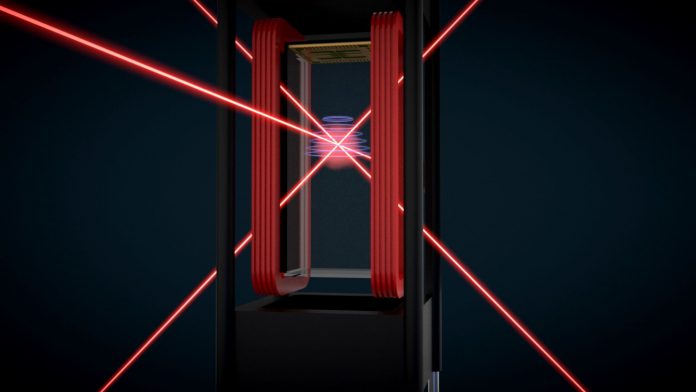NASA will create coldest place in the universe to study quantum physics.
Now the US space agency has built the device and sent it to the International Space Station (ISS) to create a spot 10 billion times colder than the vacuum of space.
The set-up will chill a small area to a fraction of a degree above absolute zero, which is minus 273C.
The ice-box sized mini lab, which travelled on Orbital ATK’s Cygnus spacecraft, will allow scientists to experiment remotely without interference from Earth’s gravity.
The Cold Atom Laboratory (CAL) contains lasers in a vacuum chamber and an electromagnetic system that will slow down gas particles until they don’t have the energy to move.
Atoms at extremely low temperature are of interest to scientists because they behave completely differently in the absence of Earth’s gravitational pull.
The normal rules of physics won’t apply in microgravity, with particles acting more like waves due to slow movement.
Once chilled, they will reach a state called a Bose-Einstein condensate.
This makes them act like superfluids – where particles seem fluid but aren’t slowed down by friction.
The microgravity environment aboard the ISS will allow scientists to observe the atoms for up to 10 seconds.
They hope the results could help pave the way for developing more advanced technologies including sensors, quantum computers and atomic clocks used in spacecraft navigation.
Robert Thompson, CAL project scientist at Nasa-JPL, said in a statement last year: “Studying these hyper-cold atoms could reshape our understanding of matter and the fundamental nature of gravity.
“The experiments we’ll do with the Cold Atom Lab will give us insight into gravity and dark energy – some of the most pervasive forces in the universe.”















